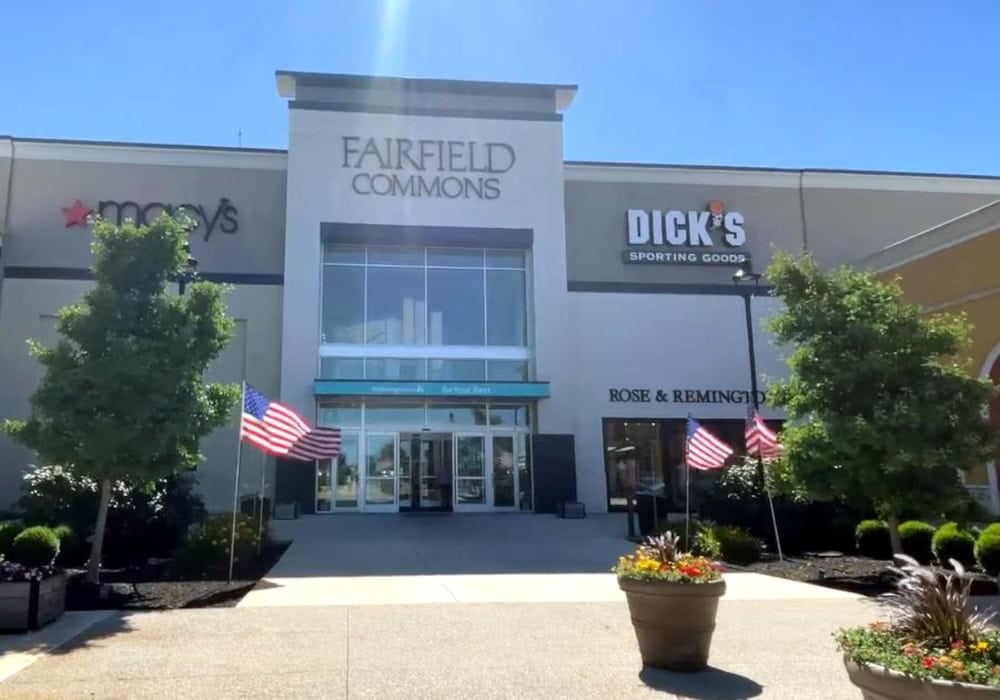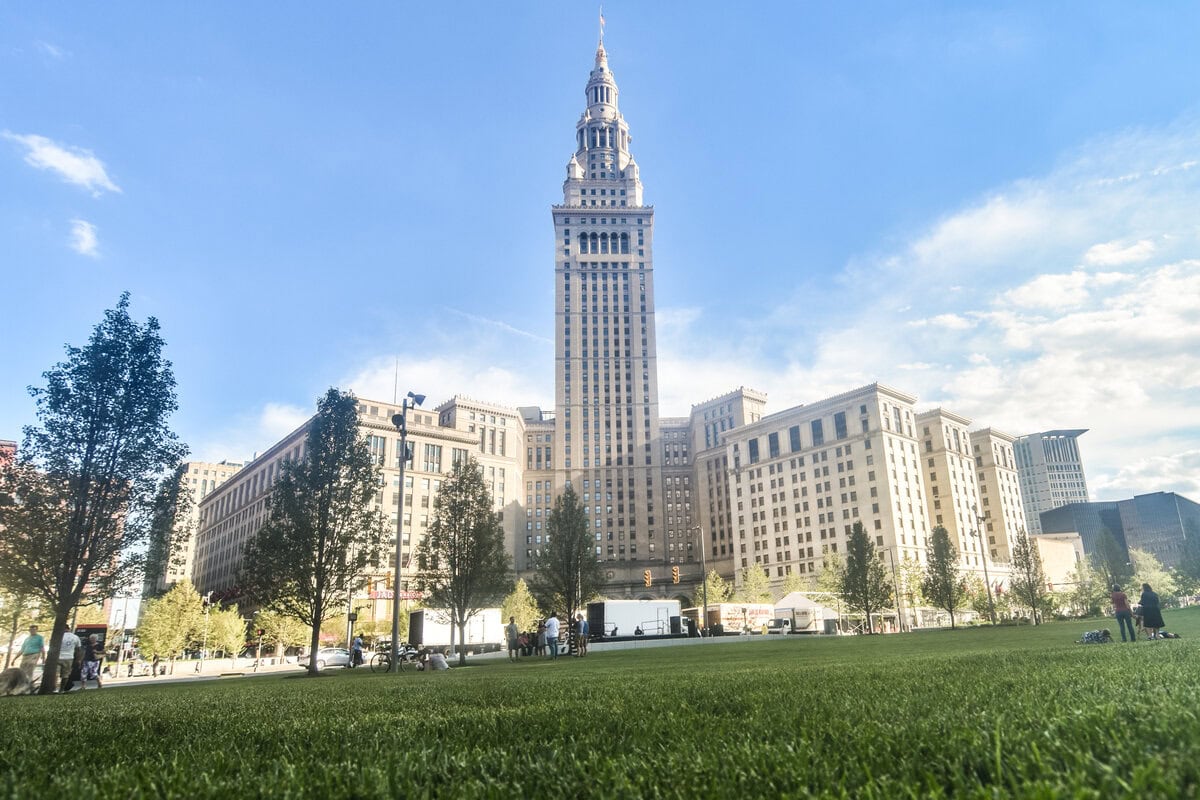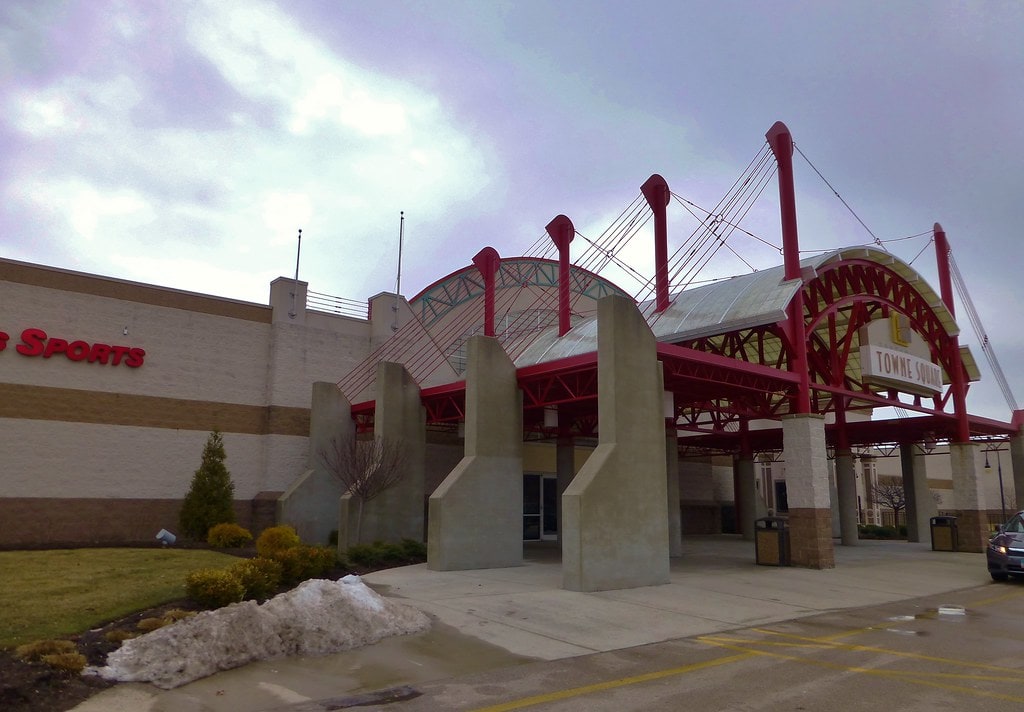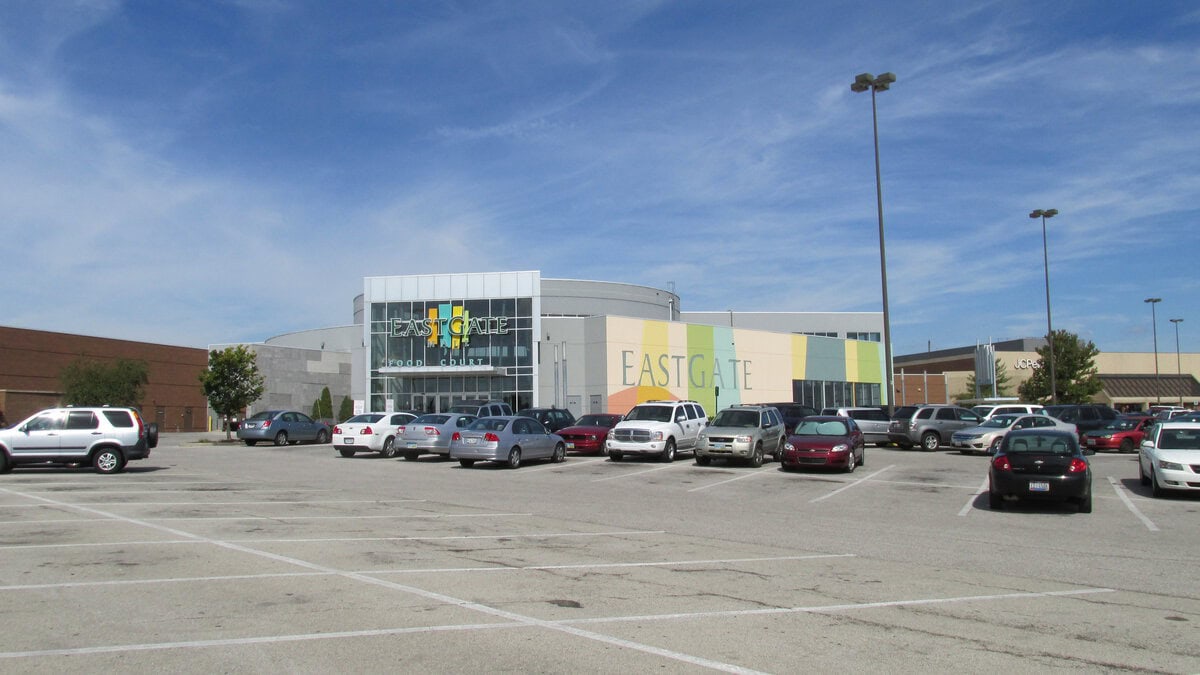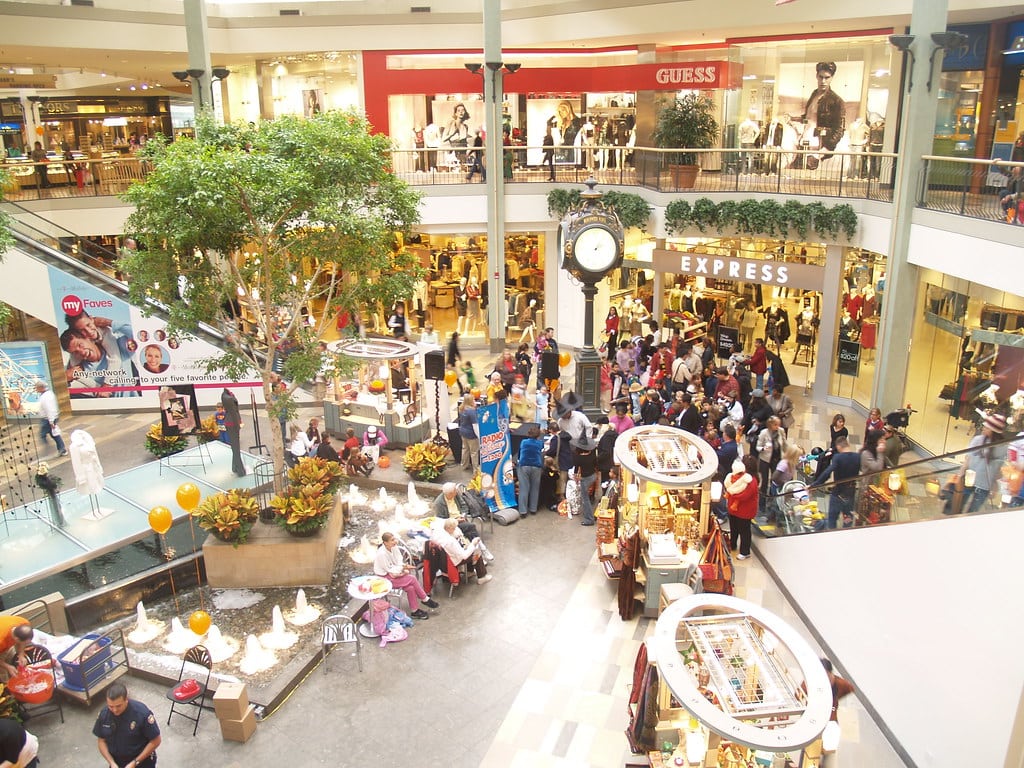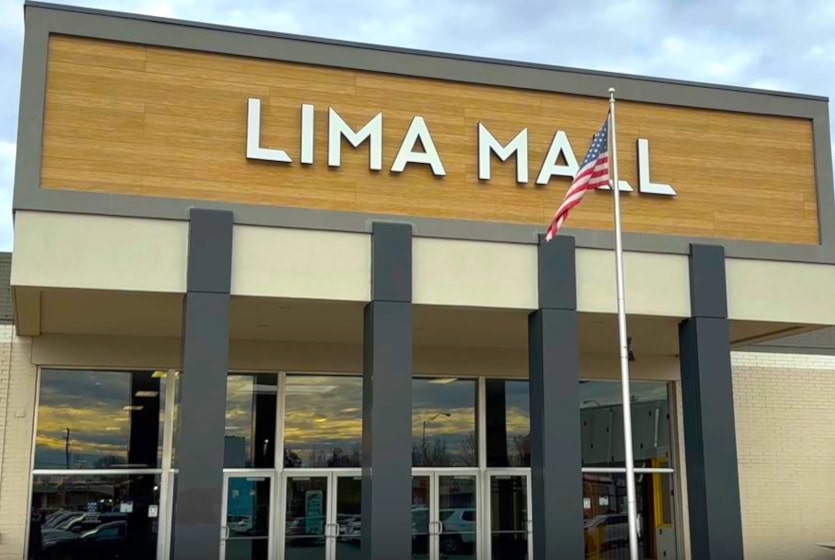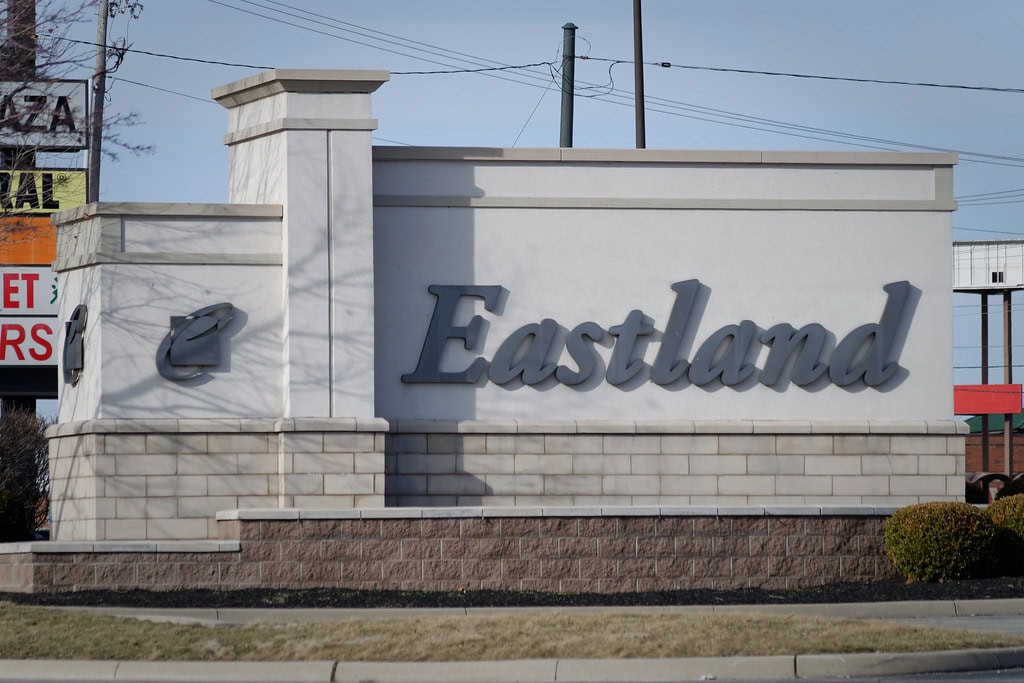Initial Planning and Development
In 1969, the Edward J. DeBartolo Corporation planned to build Dayton Mall in Montgomery County, near Dayton, Ohio.
This project aimed to create the largest shopping center between New York City and Chicago.
The mall was strategically located ten miles south of downtown Dayton, between the suburbs of Centerville and Miamisburg, at the intersection of Interstate 75 and Interstate 675.
Construction began shortly after the announcement, with over 100 stores planned for the grand opening.
The anchor stores, Sears, J.C. Penney, and Rike's, formed the backbone of the mall's offerings.
These also included department stores such as Donenfeld's, Metropolitan, and Dunhill's, alongside smaller specialty shops like Thom McAn, Kinney Shoes, and Jo-Ann Fabrics.
By February 12, 1970, the Dayton Mall officially opened, quickly becoming a retail hub for the region.
The Dayton Mall Cinema also opened in 1970, starting as a single-screen theater and expanding rapidly.
By 1972, Cinema 2 opened, followed by Cinemas 3 and 4 in 1976, and Cinemas 5 through 8 in 1982.
These additions made Dayton Mall a go-to destination for both shopping and entertainment.
The early years of Dayton Mall were marked by growth and success.
Restaurants like Orange Julius and Bresler's Ice Cream added to the mall's attractions, providing convenient dining options for shoppers.
Transformations and Anchor Store Changes
In 1982, Rike's merged with Shillito's, another department store under Federated Department Stores.
This merger led to the rebranding of Rike's as Shillito-Rike's, a name that remained until 1986, when the store was rebranded as Lazarus.
These changes reflected broader shifts in the retail landscape during the 1980s as department stores consolidated to stay competitive.
Dayton Mall underwent significant renovations in 1984 and 1995-1996.
The 1984 renovation updated the interior of the east and west concourses, enhancing the shopping environment.
Major renovations took place in 1995 and 1996 to modernize the mall.
These updates included a complete overhaul of the east and west concourses and the addition of a food court on the mezzanine level.
These changes enhanced the shopping experience, making the mall more appealing to visitors.
The 1990s brought new challenges to Dayton Mall as the retail environment began to shift.
To stay competitive, the mall expanded and renovated its facilities.
In 1996, J.C. Penney moved to a new location within the mall, creating space for McAlpin's, which opened that year.
McAlpin's later rebranded to Elder-Beerman in 1998, occupying 227,070 square feet.
In the early 2000s, Dayton Mall continued to attract new tenants.
Designer Shoe Warehouse (DSW) opened a 20,000-square-foot store in July 2000, followed by Linens' n Things in 2001.
These additions diversified the mall's offerings, helping it stay competitive in a changing retail landscape.
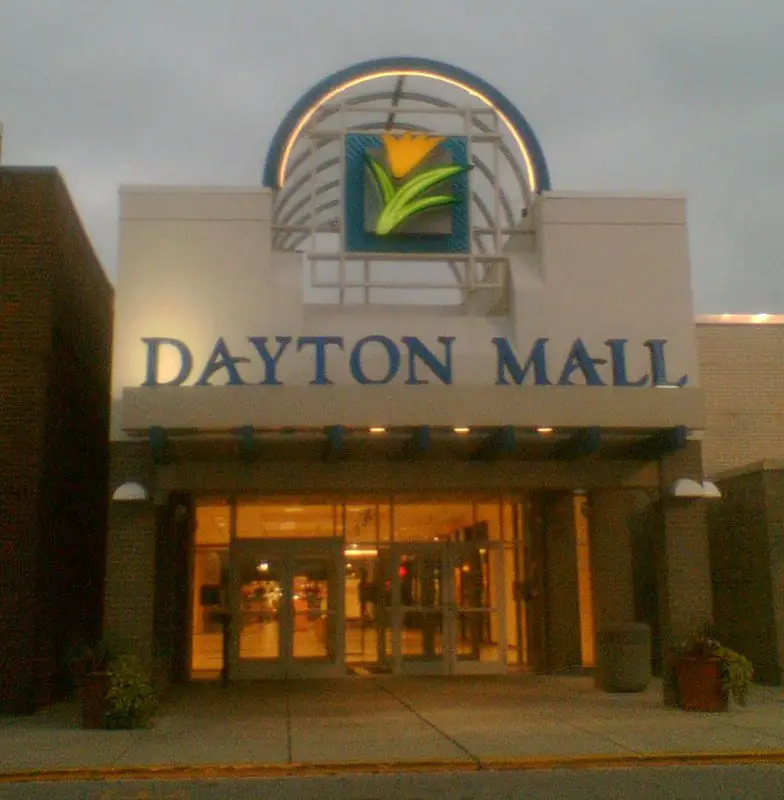
The mid-2000s saw more changes as competition from nearby shopping centers increased.
To keep up, Dayton Mall added a 97,000-square-foot open-air "lifestyle component" known as "The Village at Dayton Mall," which opened in early 2007.
This expansion included 25 new tenants, bringing a modern, outdoor shopping experience to the area.
In 2012, DSW moved to a new location within the mall's "lifestyle" section, which had previously housed Borders Books.
That same year, Dick's Sporting Goods relocated from a nearby spot in Miamisburg to occupy the space left by DSW and f.y.e.
The mall has also been creative in repurposing vacant spaces.
When Linens' n Things closed in 2008, the mall quickly found new tenants for the space.
Linens & More for Less briefly took over the location in 2010, followed by H.H. Gregg in May 2013.
Although H.H. Gregg went out of business in 2017, Ross Dress for Less opened in the space on October 12, 2019.
In 2017, the former Sears Auto Center was converted into an Outback Steakhouse.
This redevelopment brought more dining options to the mall, helping it become a destination for experiences beyond shopping.
Decline of Traditional Anchor Stores
As retail trends continued to evolve, Dayton Mall faced challenges in the late 2010s.
The rise of e-commerce and changing consumer behaviors impacted traditional anchor stores.
Elder-Beerman, a long-time anchor, closed on August 29, 2018, following the bankruptcy of its parent company, The Bon-Ton.
This closure left a large gap in the mall's lineup.
Sears, another anchor store, also struggled to keep up with the changing times.
On August 22, 2018, Sears announced the closure of its Dayton Mall location as part of a nationwide plan to shutter 46 stores.
The store officially closed on November 25, 2018, leaving behind 175,000 square feet of vacant retail space.
In response to these closures, Dayton Mall's management sought new ways to fill the empty spaces.
In November 2019, Washington Prime Group purchased the former Elder-Beerman space for $3.6 million, with plans to redevelop the site.
In December 2021, Spinoso Real Estate Group took over leasing and management duties.
This change brought new strategies for maintaining the mall's relevance in a competitive retail environment.
Construction on the new church facility began in February 2024, with completion expected by early 2025.
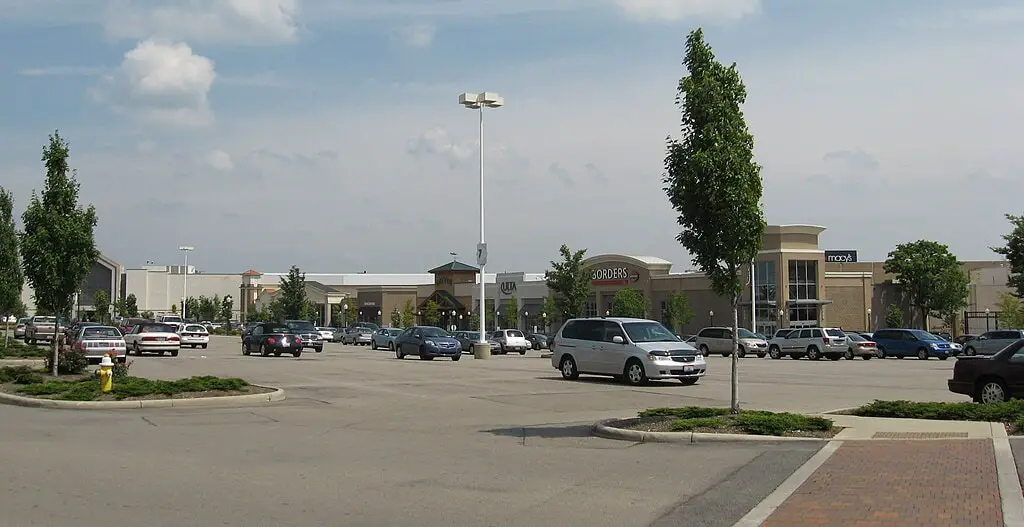
Recent Developments at Dayton Mall (2023-2024)
Dayton Mall has seen various updates and changes throughout 2023 and into 2024.
One of the most prominent developments is the ongoing transformation of the former Sears space.
On August 22, 2022, Crossroads Church purchased the former Sears site, planning to relocate its Dayton-area services to the mall.
This move reflects the mall's ongoing shift towards multi-use spaces, incorporating non-retail elements to attract a broader audience.
Construction on the church's new location began in February 2024 and is expected to be completed by early 2025.
In addition to this major development, Dayton Mall has also welcomed several new retailers.
Three new stores (Toy Nation, Talk N' Fix, and Popper's Tea) opened in 2024, adding variety to the shopping experience.
Claw Crazy Arcade is a new family-friendly arcade that opened on May 1 next to Dayton Children's Flight Zone.
It offers a variety of skill-based games, video racing, and shooting games, and points and tickets can be redeemable for prizes at the prize hub.
The Flight Zone, a soft indoor play area sponsored by Dayton Children's Hospital, has been refreshed with new elements, seating, and carpet.
Kids Empire, a rapidly growing indoor playground entertainment brand, is set to open its first Ohio location at Dayton Mall.
The playground will occupy nearly 10,000 square feet on the mall's upper level near JC Penney.
The new location is expected to open by the end of the year, making it one of four Kids Empire locations planned for Ohio.

